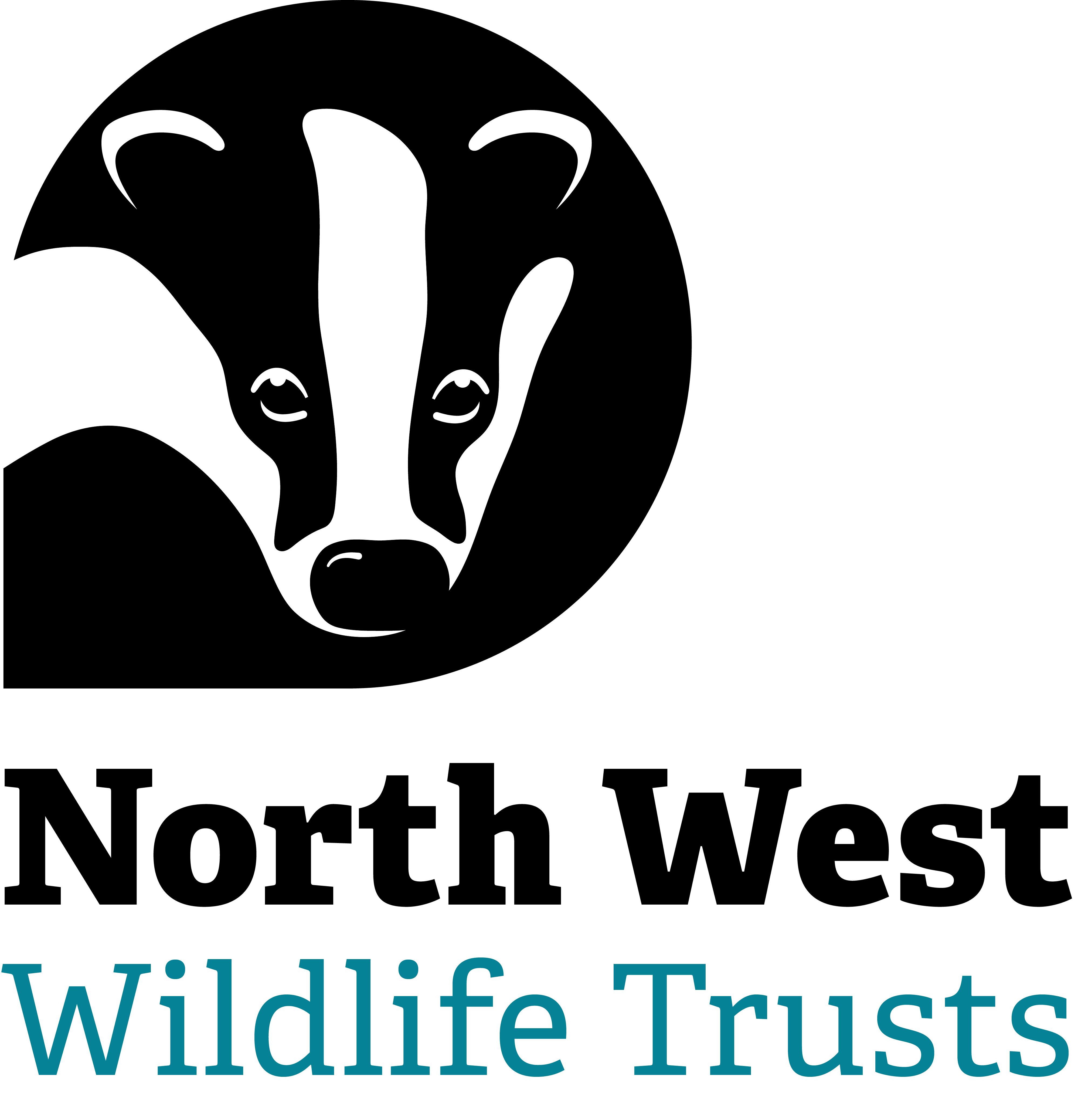Sabellaira reef at Allonby Bay ©NWIFCA
Know before you go
Dogs
When to visit
Opening times
Open all yearBest time to visit
All yearAbout the reserve
What makes Allonby Bay so special?
Allonby Bay includes two extremely important areas for marine life, Dubmill Scar and Maryport Roads. The area is highly diverse containing many different species of sponge, soft coral, seaweed, sea squirt, anemone and the reef-building honeycomb worms which is at its most northern extent. The region is home to creatures such as the breadcrumb sponge and baked bean sea squirt. Now all we need is a bacon barnacle and we have a full fry-up!
Honeycomb worm (Sabellaria alveolata) reefs are a key feature of the northwest coastline. Millions of these worms form tubes from tiny grains of sand and shell, growing side-by-side to form a living reef. These reefs play a vital role as a home to other species, allowing settlement in areas which would otherwise be shifting sediments. Allonby Bay contains some of the best examples of reef in the North West.
Subtidal sands and gravel habitats are important spawning and nursery grounds for plaice, skate and thornback rays, and harbour porpoises are often spotted here and are thought to pup in the area!
The area also provides a great habitat for many birds. There are countless wading birds, particularly in the migration season from February to late May, and when the reverse happens in the autumn. Some of the wading birds you may spot include oystercatcher, curlew, snipe, redshank, golden, grey and ringed plover, knot, dunlin, lapwing, and turnstone. At sea, as well as gulls, you can spot cormorants, divers, teal and grebe. Winter visitors include little egret, shelduck, wigeon and huge flocks of barnacle geese.
Near the northern end of Allonby Bay is Salta Moss, which is a designated Site of Special Scientific Interest within the Solway Coast Area of Outstanding Natural Beauty. Within the area is also a Marine Conservation Zone, covering 5 miles (8.0 km) stretch of coast and 40 km2 (15 sq mi) of Irish Sea.
What to do
Take a walk along the bay, spotting the many different habitats and wildlife as you go; have a go at beachcombing to see what you can find and test out your ID skills. The bay is also a popular area for kite surfing.
